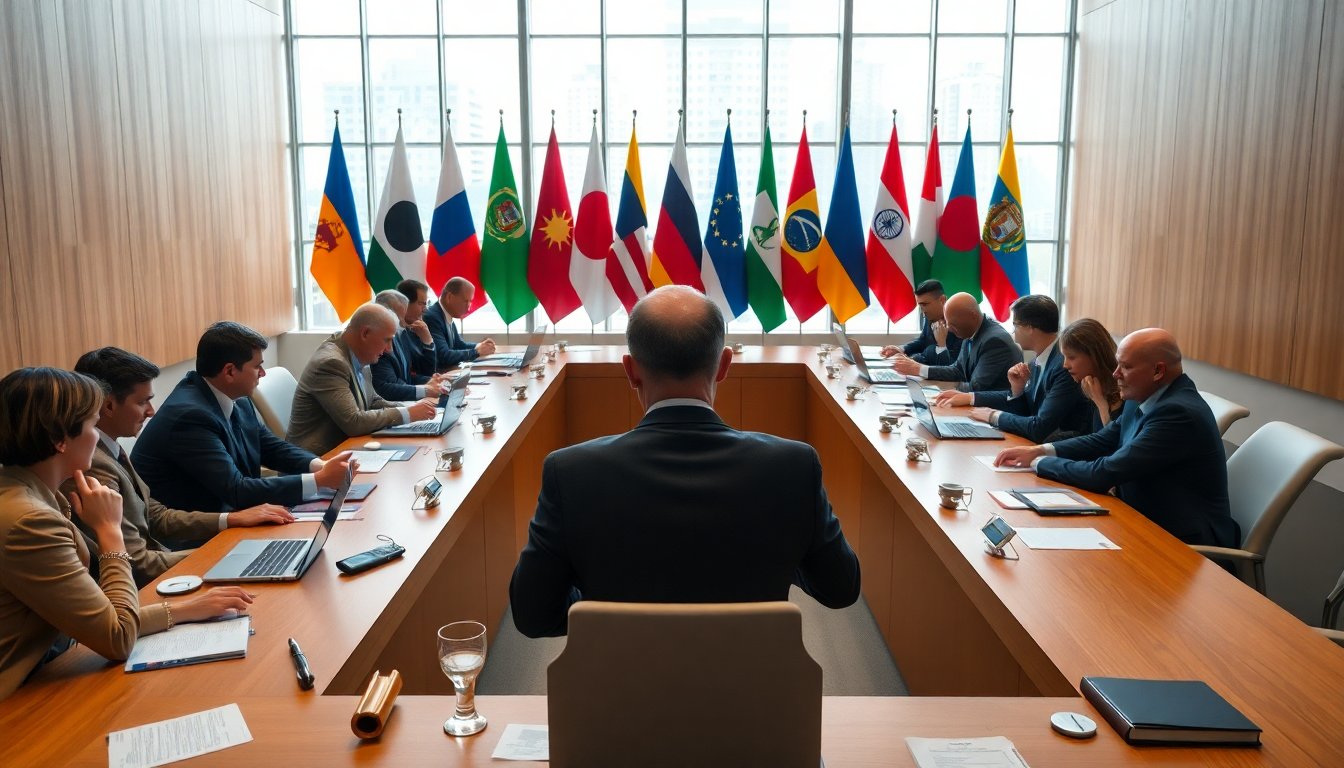Table of Contents
The emergence of a multipolar world marks a significant shift in global dynamics, where multiple nations wield substantial power instead of a single dominant force. This transition is not a distant prospect; it is unfolding, driven by economic realities that have reshaped international relations. The pressing question is whether these changes will be managed through diplomatic engagement or lead to confrontations that could result in severe miscalculations.
As nations navigate this new landscape, the interconnectedness of technology plays a crucial role. The complex web of global supply chains, especially in high-tech sectors, adds layers of complexity to international relations. For example, the production of semiconductors relies heavily on resources sourced from various countries, while the development of artificial intelligence requires a diverse pool of global talent. This interdependence means that any systemic disruption could have far-reaching consequences.
The impact of economic interdependence
Countries are now intertwined in ways that make outright conflict not only undesirable but also economically devastating. For instance, China holds substantial investments in U.S. Treasury securities, amounting to approximately US$730 billion. Conversely, the United States depends on various foreign inputs to produce advanced technologies, including Dutch machinery, Taiwanese fabrication, and rare earth elements primarily processed in China. This mutual dependency illustrates the intricate balance of power and the high stakes involved in any potential conflict.
Technological dependencies and their consequences
The technological ambitions of nations like China are closely linked to Western resources and expertise. Chinese firms rely on American design software, Japanese precision equipment, and access to Western markets to achieve their goals. The potential fallout from a military confrontation between such powers could disrupt these critical supply chains, leading to significant economic repercussions not only for the nations involved but also for their global partners.
These embedded relationships cultivate strong domestic interests in all major economies, creating powerful constituencies that advocate for peace and stability. The risk of a systemic breakdown in relations is a critical consideration for policymakers, given the potential for widespread economic turmoil.
Strategies for managing power transitions
To navigate this complex global landscape, nations must adopt strategic approaches that prioritize dialogue and cooperation over conflict. Emphasizing patient statecraft can help address the challenges posed by competing interests and national ambitions. Instead of forming rigid alliances that may constrain flexibility, countries would benefit from fostering managed accommodation, which permits adaptability in response to shifting circumstances.
Building resilient partnerships
Establishing resilient partnerships requires a commitment to dialogue and mutual understanding. Countries must recognize the advantages of collaboration, particularly in technology, where shared objectives can yield significant benefits. By working together, nations can create frameworks that support innovation and economic growth while mitigating the risks associated with a multipolar world.
Moreover, promoting transparency and trust among nations can alleviate tensions arising from misunderstandings and competing narratives. Maintaining open lines of communication will be essential in sustaining stability and preventing escalation in a landscape where power dynamics are constantly evolving.
The transition to a multipolar world presents both challenges and opportunities for global governance. By prioritizing strategic management and cooperation, nations can navigate the complexities of this new order and work towards a more stable and prosperous future. The path ahead will require careful consideration of the interconnectedness of economies and the technological dependencies that bind nations together.


